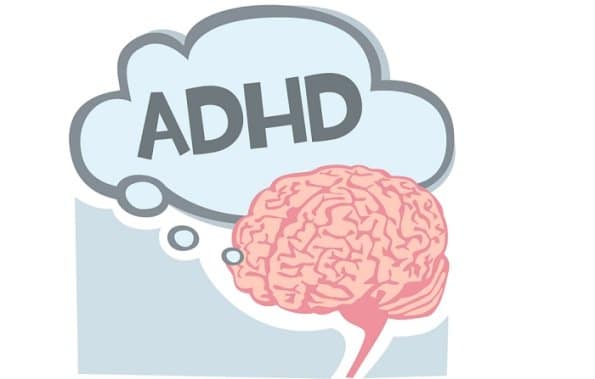Attention-Deficit/Hyperactivity Disorder (ADHD) is a complex and multifaceted condition that manifests in different ways, making it crucial to understand its various presentations. While ADHD is often associated with hyperactivity and impulsivity, the reality is that it can affect individuals in vastly different ways. The three primary types of ADHD are Inattentive, Hyperactive, and Combined – each type has distinct characteristics that impact how individuals experience the world around them and manage their daily lives.
Read Also The Essential Guide to Dealing with Traumatic Brain Injuries

Inattentive Presentation of ADHD
The Inattentive type of ADHD is often more challenging to identify because it does not involve the overt hyperactivity commonly associated with the disorder. Individuals with this presentation often struggle with focus, organisation, and following through on tasks. They may appear forgetful, easily distracted, or daydreamy, which can be misinterpreted as laziness or a lack of interest.
For children, this means difficulty paying attention in class, missing important details, or appearing not to listen when spoken to. Adults with Inattentive ADHD might find it hard to stay organised at work, manage time effectively, or remember appointments. This type of ADHD can lead to significant challenges in both academic and professional settings, as the lack of hyperactivity often means it goes unnoticed or is misunderstood.
Hyperactive-Impulsive Presentation of ADHD
The Hyperactive-Impulsive type is the most recognised form of ADHD – individuals with this presentation are often described as being “on the go” constantly. They may have difficulty sitting still, often fidget or squirm, and may act without thinking. This impulsivity can lead to interrupting conversations, making hasty decisions, or engaging in risky behaviours.
For children, this can translate into difficulties in school, such as being unable to wait their turn, blurting out answers, or getting up from their seats frequently. Adults might struggle with staying focused in meetings, finishing tasks, or driving safely due to impulsive tendencies. While this presentation is more visible, it can also lead to negative perceptions of the individual as being disruptive or overly energetic.
Combined Presentation of ADHD
The Combined type of ADHD is characterised by symptoms of both Inattentive and Hyperactive-Impulsive presentations. Individuals with this type experience difficulties with focus and organisation, as well as the challenges associated with hyperactivity and impulsivity. This dual presentation can be particularly challenging as it affects multiple aspects of life simultaneously.
Children with Combined ADHD may struggle both with following instructions and sitting still, leading to academic challenges and social difficulties. Adults may find themselves overwhelmed by the need to manage tasks and responsibilities while also dealing with impulsive behaviours and restlessness. This type requires a comprehensive approach to treatment and management, as it encompasses a broader range of symptoms.
How ADHD Affects Individuals
The impact of ADHD on an individual’s life varies depending on the type and severity of the disorder. For those with Inattentive ADHD, the struggle is often internal, with challenges in focusing, memory, and time management. In contrast, those with Hyperactive-Impulsive ADHD may face more external challenges, such as difficulties in social interactions or maintaining professional relationships. The Combined type presents a unique set of challenges, as it requires addressing both inattentiveness and hyperactivity.
ADHD is not just a childhood disorder – it persists into adulthood for many individuals, affecting their careers, relationships, and overall wellbeing. Understanding the different presentations of ADHD is crucial for providing appropriate support, whether through medication, therapy, or lifestyle adjustments. With the right interventions, individuals with ADHD can lead fulfilling and successful lives.
A lesser-known but significant aspect of ADHD is its connection with heightened sensitivity to justice. Many individuals with ADHD exhibit a strong sense of fairness and are particularly attuned to issues of inequality and injustice. This ADHD and justice sensitivity link underscores the importance of understanding and supporting the emotional experiences of those with ADHD, as it can profoundly influence their interactions and reactions to the world around them.
Final Thoughts
ADHD is a complex disorder with diverse presentations that require careful consideration and understanding. Whether dealing with Inattentive, Hyperactive-Impulsive, or Combined ADHD, recognising the unique challenges faced by each individual is key to providing effective support. By raising awareness and fostering a deeper understanding of ADHD’s different types, we can help create a more inclusive and supportive environment for everyone affected by this condition.

